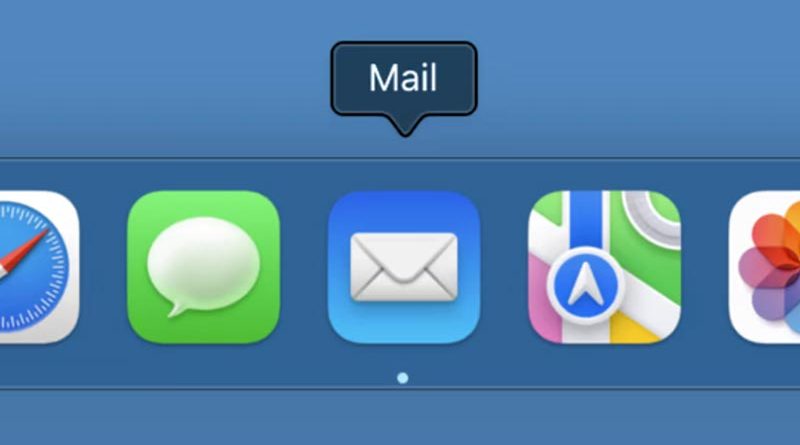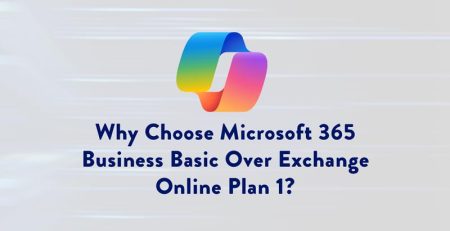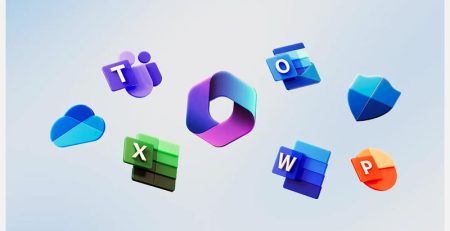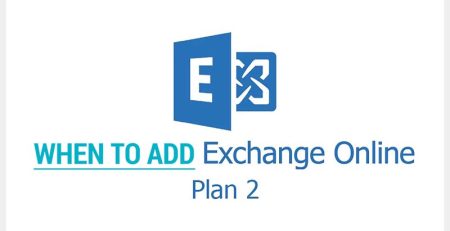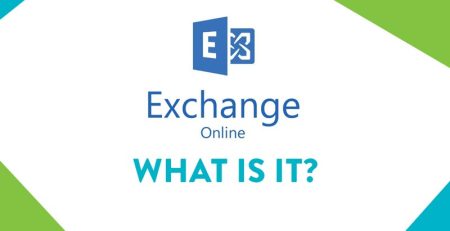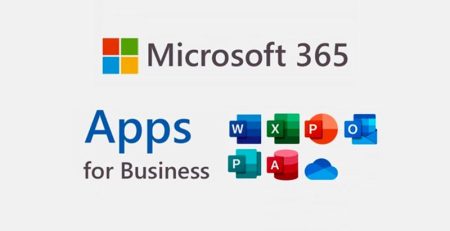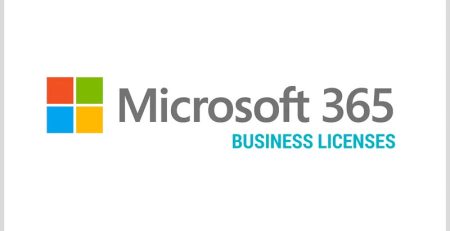4 Reasons Why Your Employees Should Stop Using Apple’s Mail App for Work Email
The iPhone Mail app allows users to access email from iCloud, Gmail, Exchange, Outlook and other email providers in one place.
It’s a convenient way to read and send personal and work emails in one app.
However, the app wasn’t designed for business and should not be utilized as such.
If your organization uses Outlook for email (and you have the proper Microsoft 365 license), then you can and should force your employees to use the Outlook app through conditional access policies.
Here are four reasons why your employees should not be using the Mail app for work email.
Lack of Control from IT Team/MSP
If you have a small IT team or outsource your IT infrastructure to a managed service provider, they won’t have any visibility into the Apple Mail app.
When we say visibility, we don’t mean spying on your employees by looking through their emails. We’re talking about ensuring the email app is secure and settings are properly configured.
For example, with Outlook, you can implement policies companywide to prohibit automatically downloading attachments. You can turn off automatic attachment downloads with the Mail app, but each user would have to turn that option off individually rather than it being a companywide policy.
Additionally, you may be unable to use remote wipe capabilities when your employees use the Mail app. With Outlook, you can delete all email data when an employee is fired or leaves an organization. With the Mail app, that may not be possible without the proper configurations or licensing, so a former employee could access previously received emails even after they are no longer employed.
End-to-end Encryption
The Mail app doesn’t offer end-to-end encryption; Outlook, on the other hand, does.
End-to-end encryption means a message is encrypted once it leaves your email client until it reaches the recipient’s inbox.
This means that if an attacker intercepts the email during transmission, it will be unreadable.
While you should always be cautious when sending sensitive information via email, Outlook offers the option to send emails with end-to-end encryption.
“If you’re running low on storage space but having a hard time finding emails you can delete, consider archiving them to keep your inbox smaller.”
Data Loss Prevention
Data loss prevention is a security practice that employs solutions that detect and help prevent unsafe or inappropriate sharing, transfer or use of sensitive data.
It also helps your organization achieve compliance with regulations, such as the Health Insurance Portability and Accountability Act () and General Data Protection Regulation (GDPR).
With Outlook email, you can implement data loss prevention (DLP) policies that adhere to compliance requirements. DLP policies can range from very simple, good practices to much stricter and complex ones.
At a very simple level, you can enforce a PIN on your employees’ smartphones so anyone cannot easily unlock them and gain access to email data.
A more complex policy allows you to ask Outlook to scan for social security numbers in emails and alert users that the email could be blocked because it conflicts with your organization’s policy.
Conditional Access Policies
Microsoft’s conditional access policies allow you to control which devices and users can access their work accounts according to a set of rules the organization has implemented.
For example, an organization could not allow logins from outside the United States or only allow logins from registered devices.
This means an employee wouldn’t be able to use their personal tablet to log in to their work email if it wasn’t registered.
Apple’s Mail app doesn’t have any conditional access policies, so an employee could add their work account to an unregistered device.
That introduces security issues, especially if other members of the employee’s family are using the tablet.
Ultimately, using the Apple Mail app — or any email provider other than Outlook for work email — is opening your organization up to security vulnerabilities.
These third-party email providers don’t offer the same security configurations and your IT team or MSP won’t have visibility into making sure the app itself is patched.
West Michigan Managed Service Provider
Contact us here to see how we can help keep your business running smoothly while increasing productivity, security and profitability.
Did you like this blog? You can subscribe to our newsletter to receive a weekly email with our latest blog posts.

